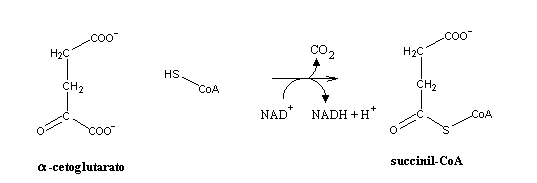

The present study suggests that keratohyalin-like granules might be involved in the formation of a fibrous network around the forming oberhautchen microornamentations. Where the oberhautchen ornamentations are well developed, like in the setae of the climbing pads, keratohyalin-like granules appear more irregular, larger or more numerous.

The ultrastructure of embryonic and regenerating epidermis in seven species of lizards representing five different squamate families (Gekkonidae, Agamidae, Lacertidae, Iguanidae and Scincidae), and on the regenerating caudal epidermis of the tuatara (Sphenodon punctatus, suborder Sphenodontia), has shown a broad variation in dimension and morphology of keratohyalin-like granules present in the clear layer of the shedding complex. The latter produces species-specific microornamentations. The lizard model is usually neglected in the literature despite the fact that the lizard is an amniote with a basic histological structure similar to that of mammals, and it is therefore a better model than the salamander (an a- mniote) model to investigate regeneration issues.Epidermal shedding in lepidosaurians is determined by the formation of an intraepidermal shedding complex, made of an upper clear layer which interdigitates with a lower oberhautchen layer. This condition offers a unique opportunity to study at the same time mechanisms that in different regions of the same animal control the success or failure of regeneration. Lizards represent the only amniotes that at the same time show successful organ regeneration, in the tail, and organ failure, in the limb (Marcucci 1930a, b Simpson 1961, 1970, 1983). The term "regeneration" is intended here as "the ability of an adult organism to recover damaged or completely lost body parts or organs." The process of recovery is further termed "restitutive regeneration" when the lost part is reformed and capable of performing the complete or partial physiological activity performed by the original, lost body part. The present review covers a very neglected field in regeneration studies, namely, tissue and organ regeneration in reptiles, especially represented by the lizard model of regeneration. Looking for a book by Lorenzo Alibardi Lorenzo Alibardi wrote Morphological and Cellular Aspects of Tail and Limb Regeneration in Lizards: A Model System.


 0 kommentar(er)
0 kommentar(er)
